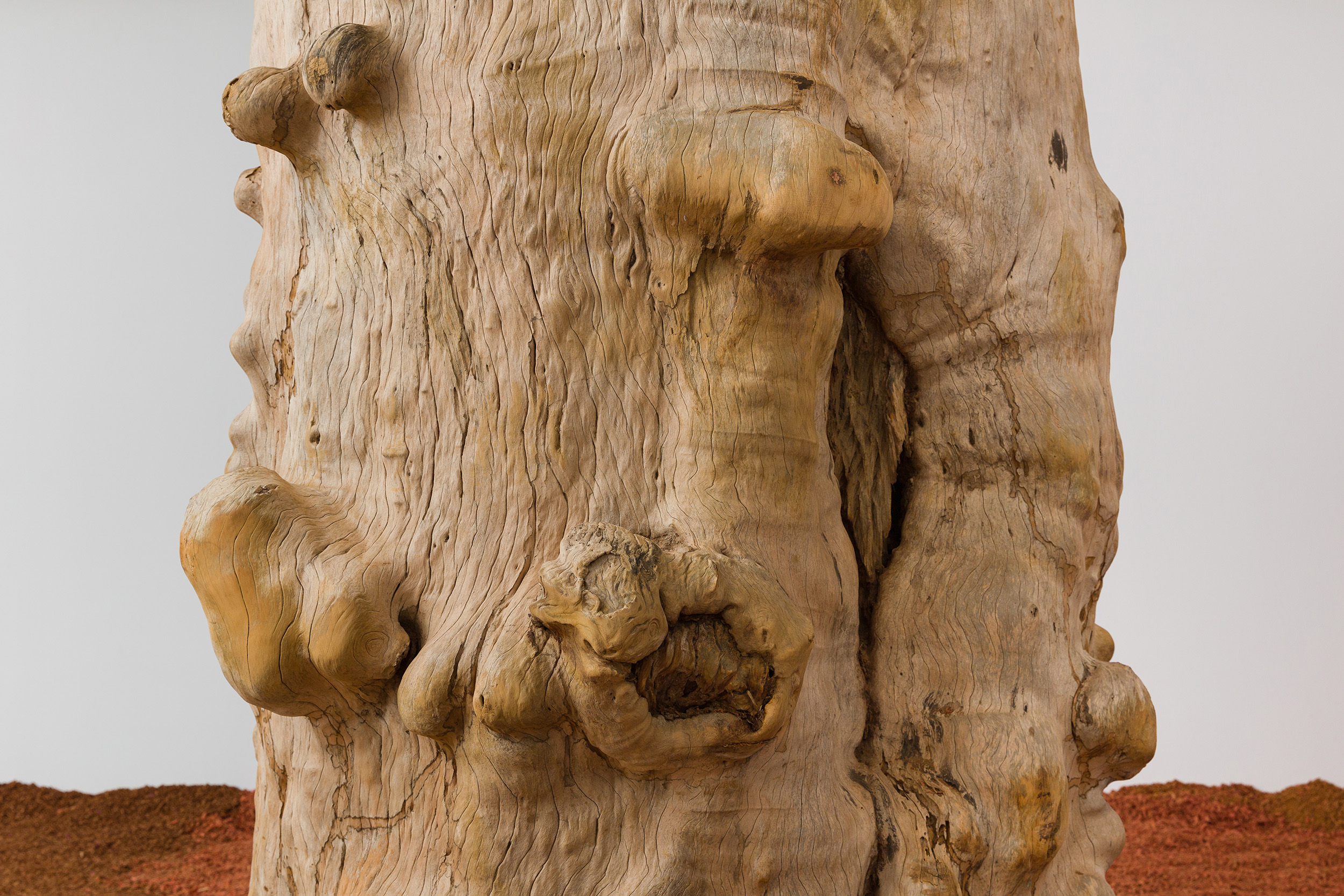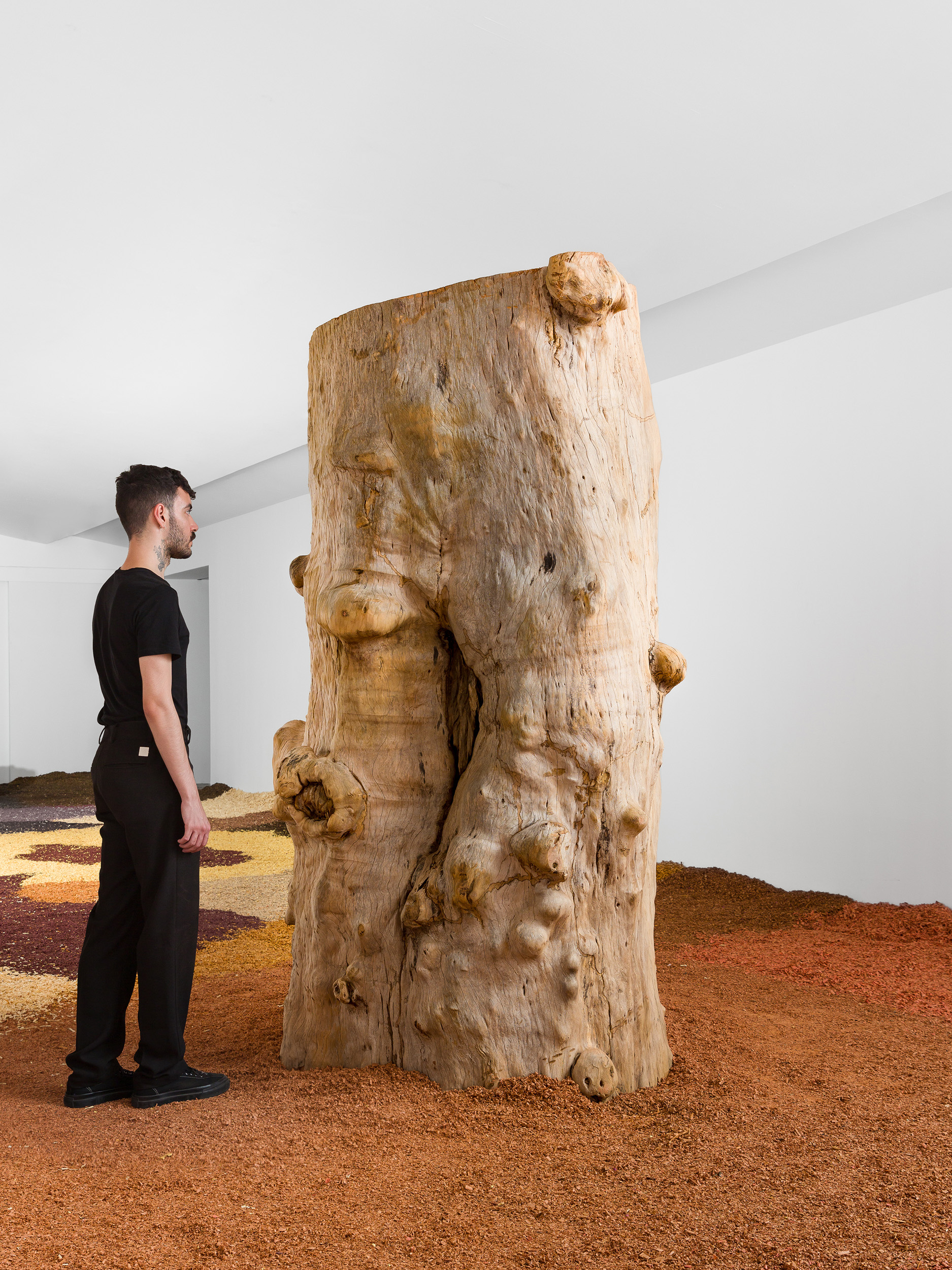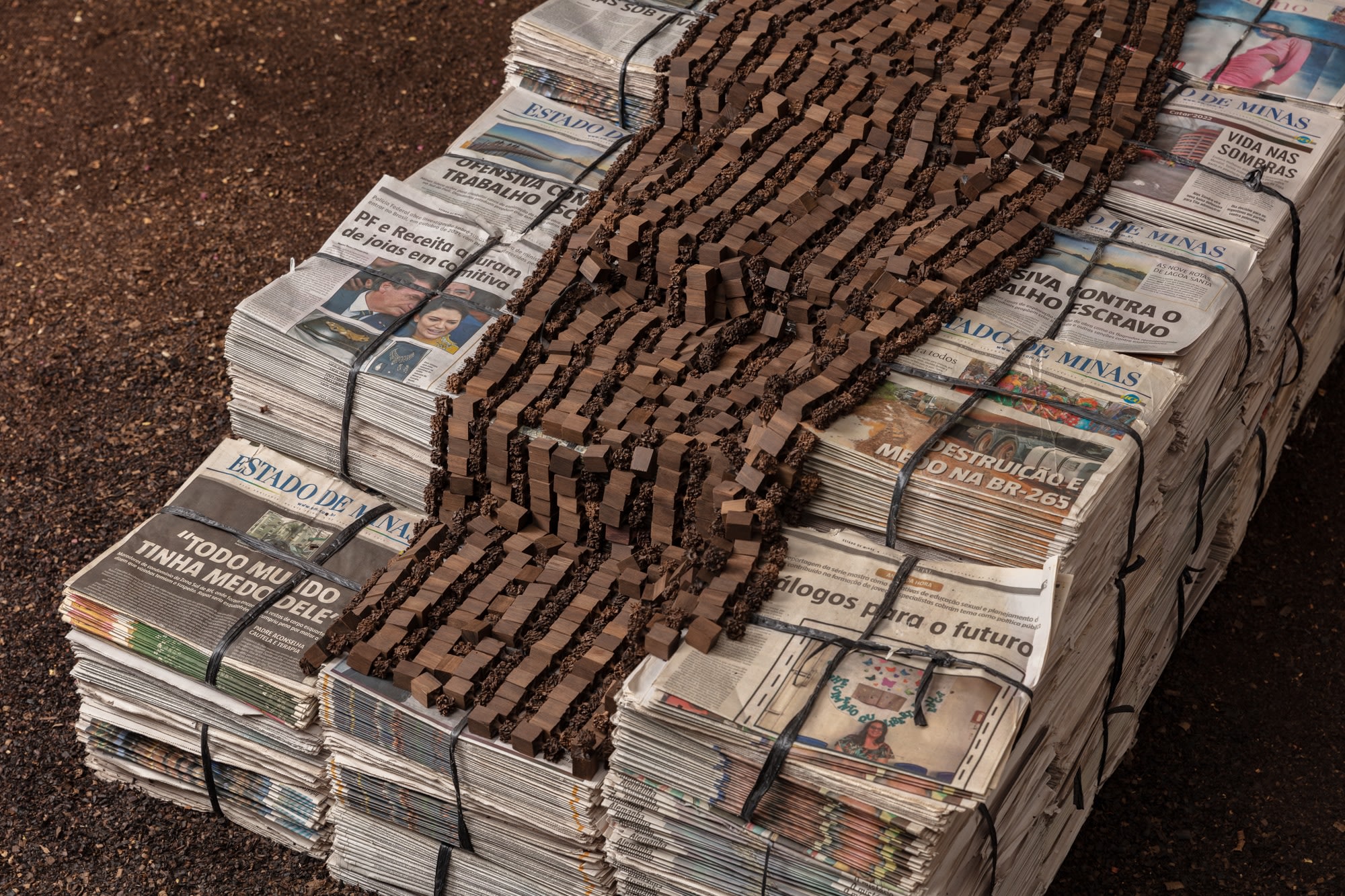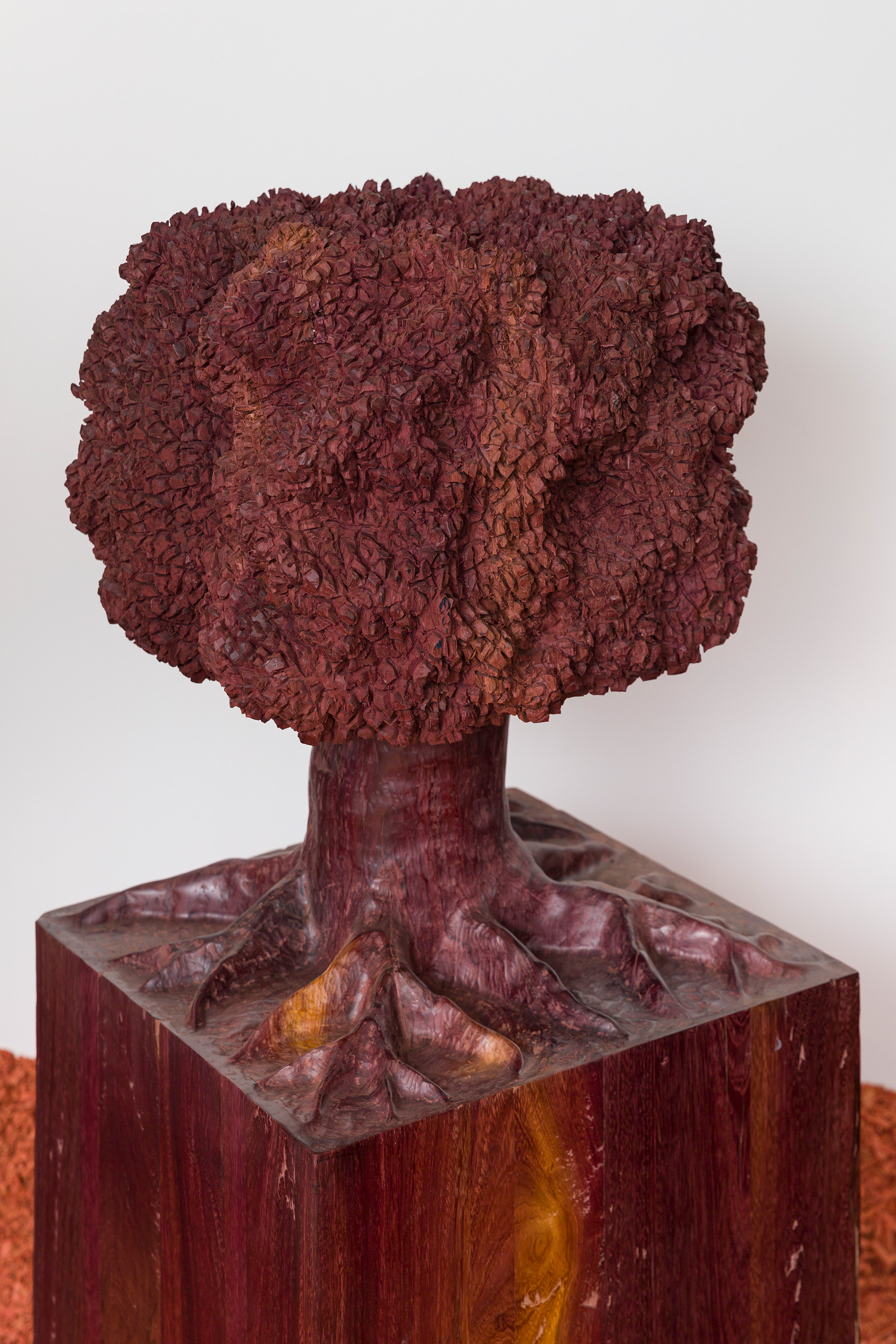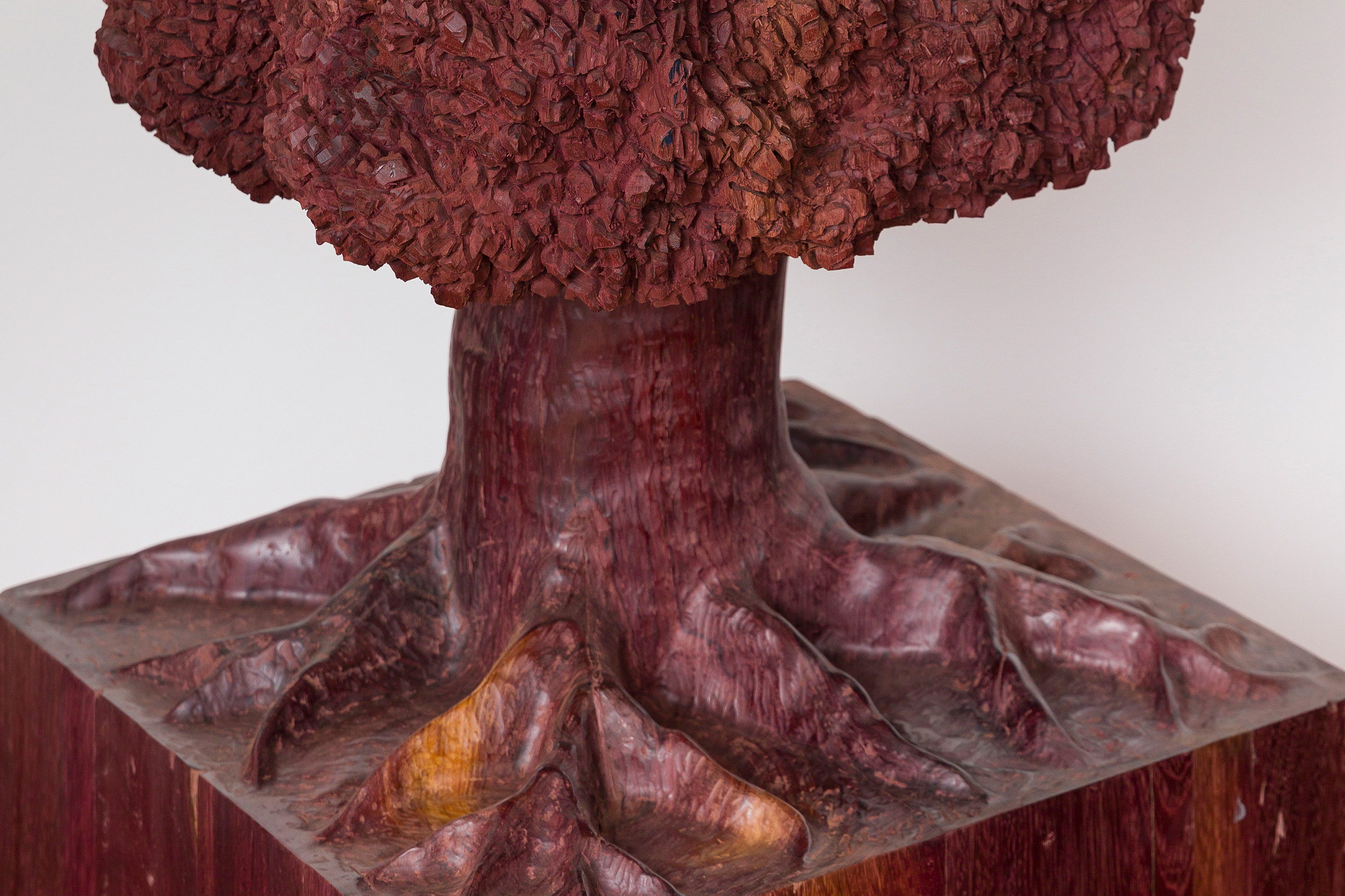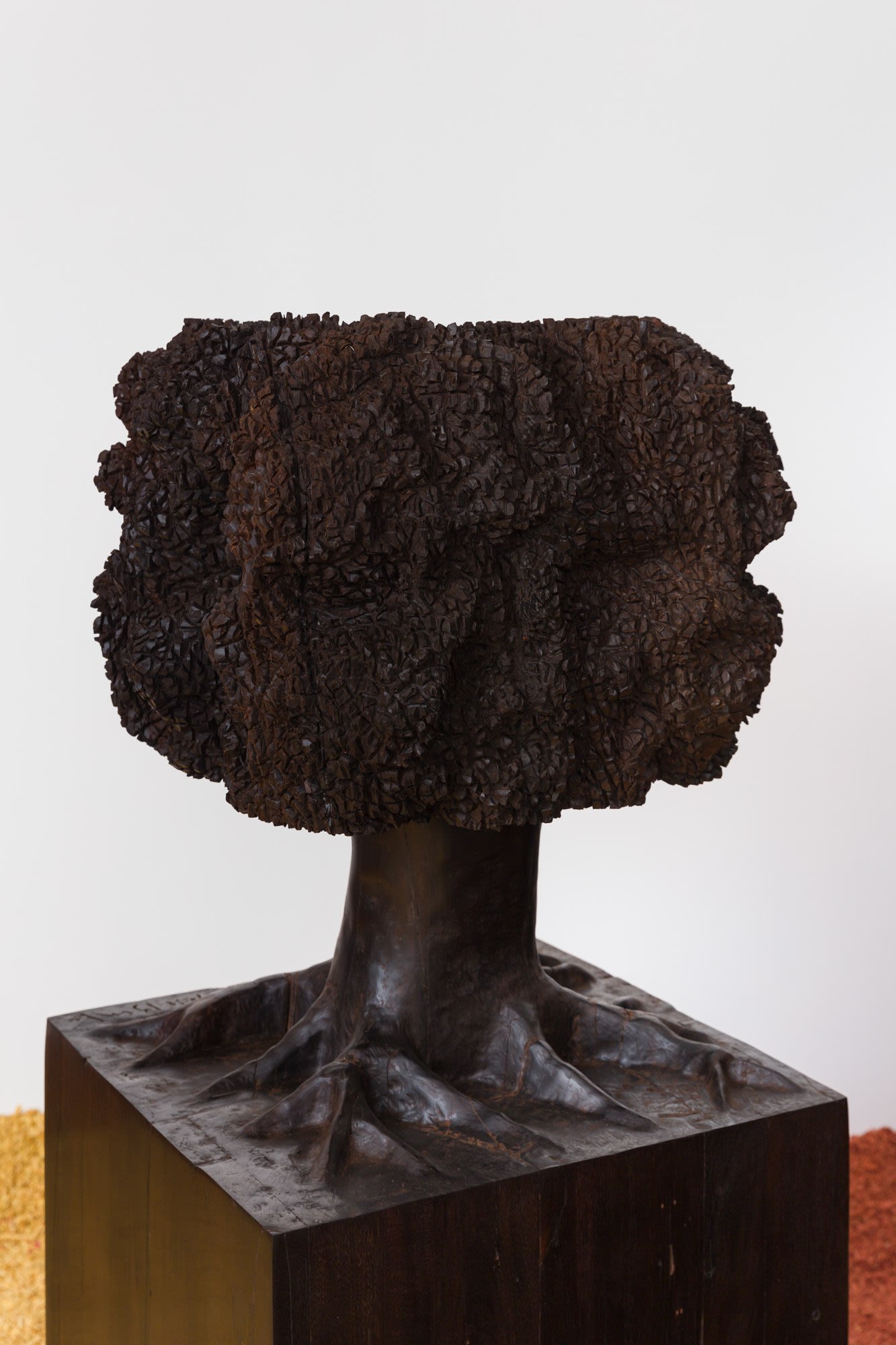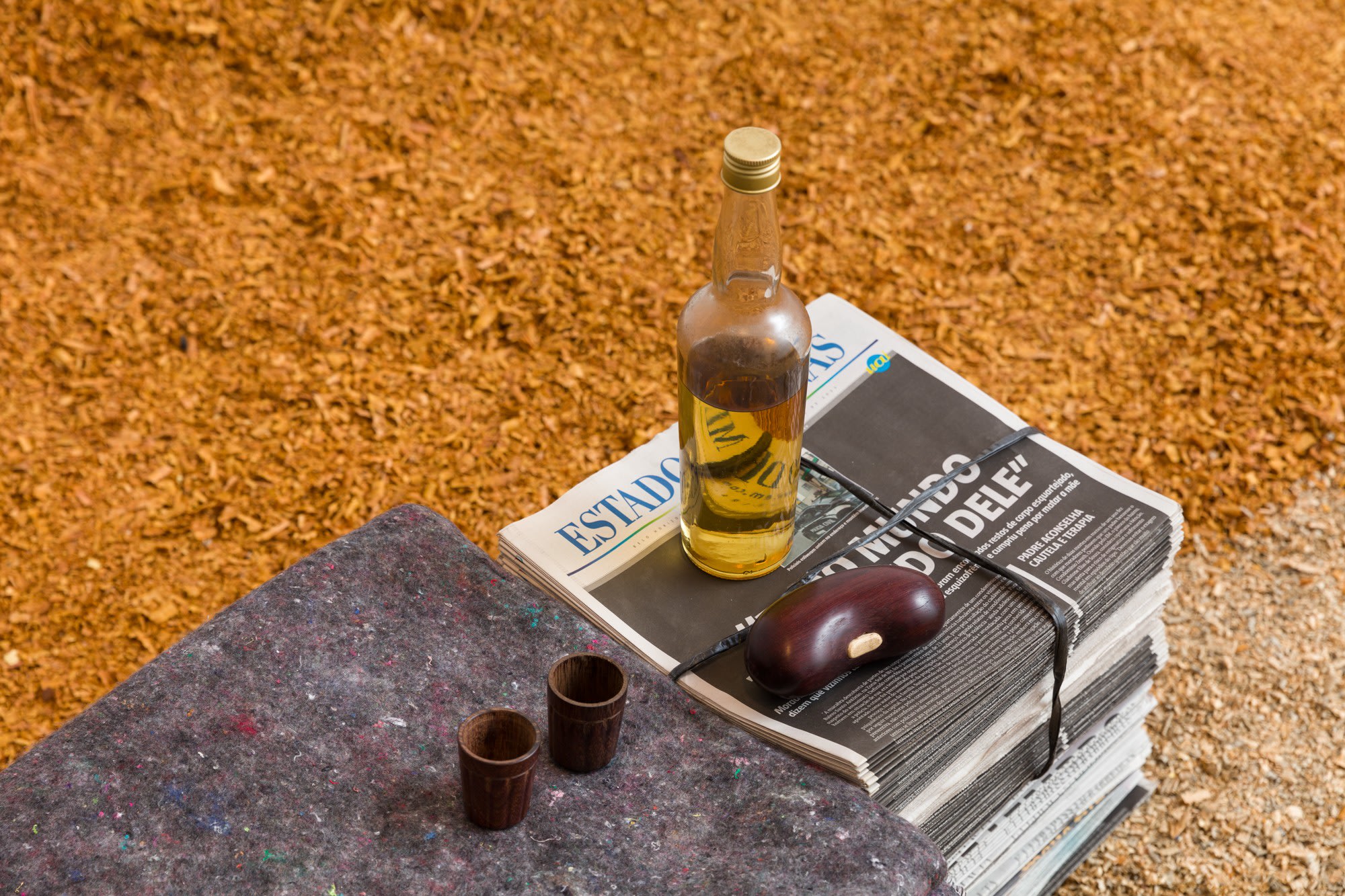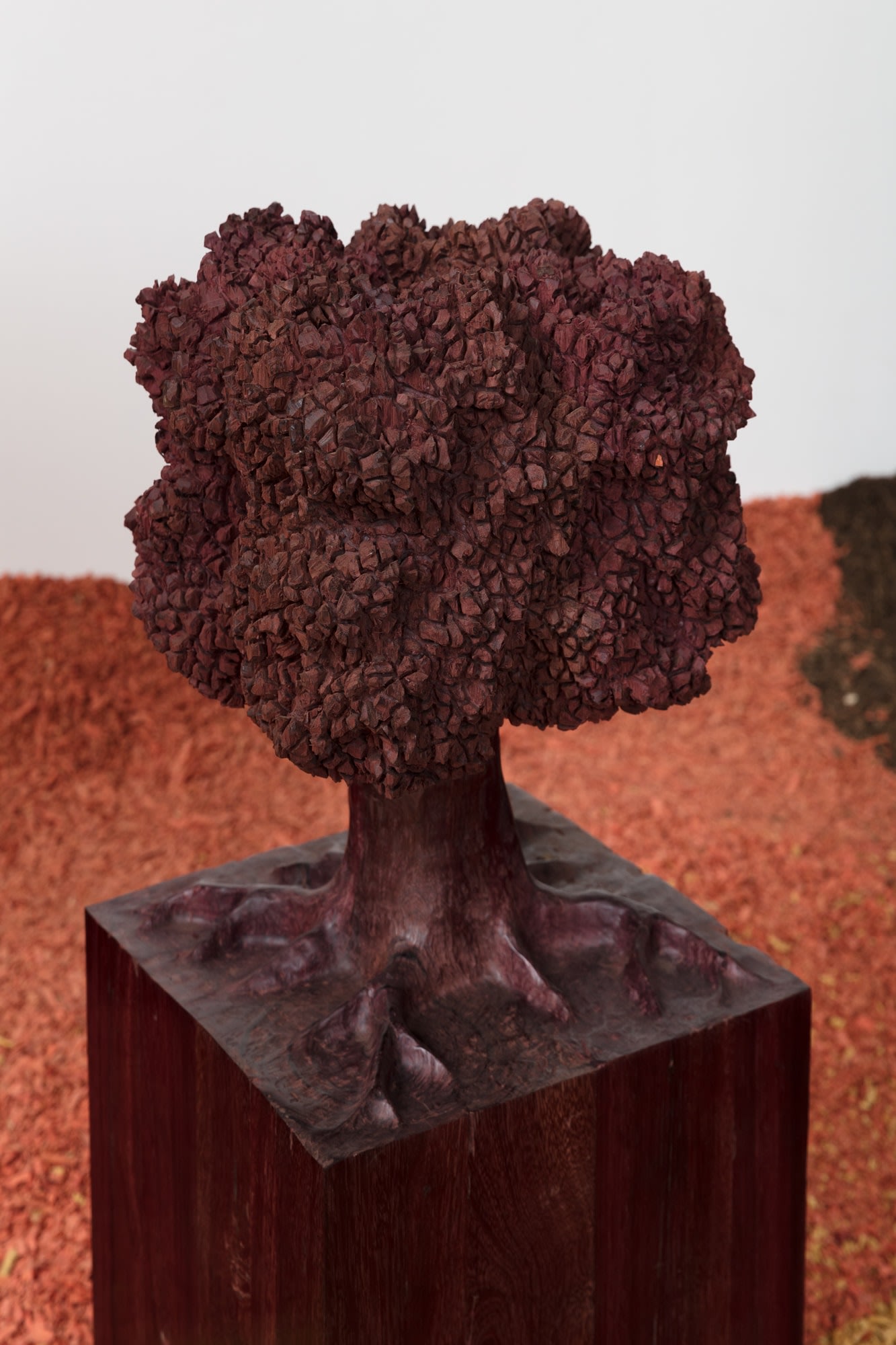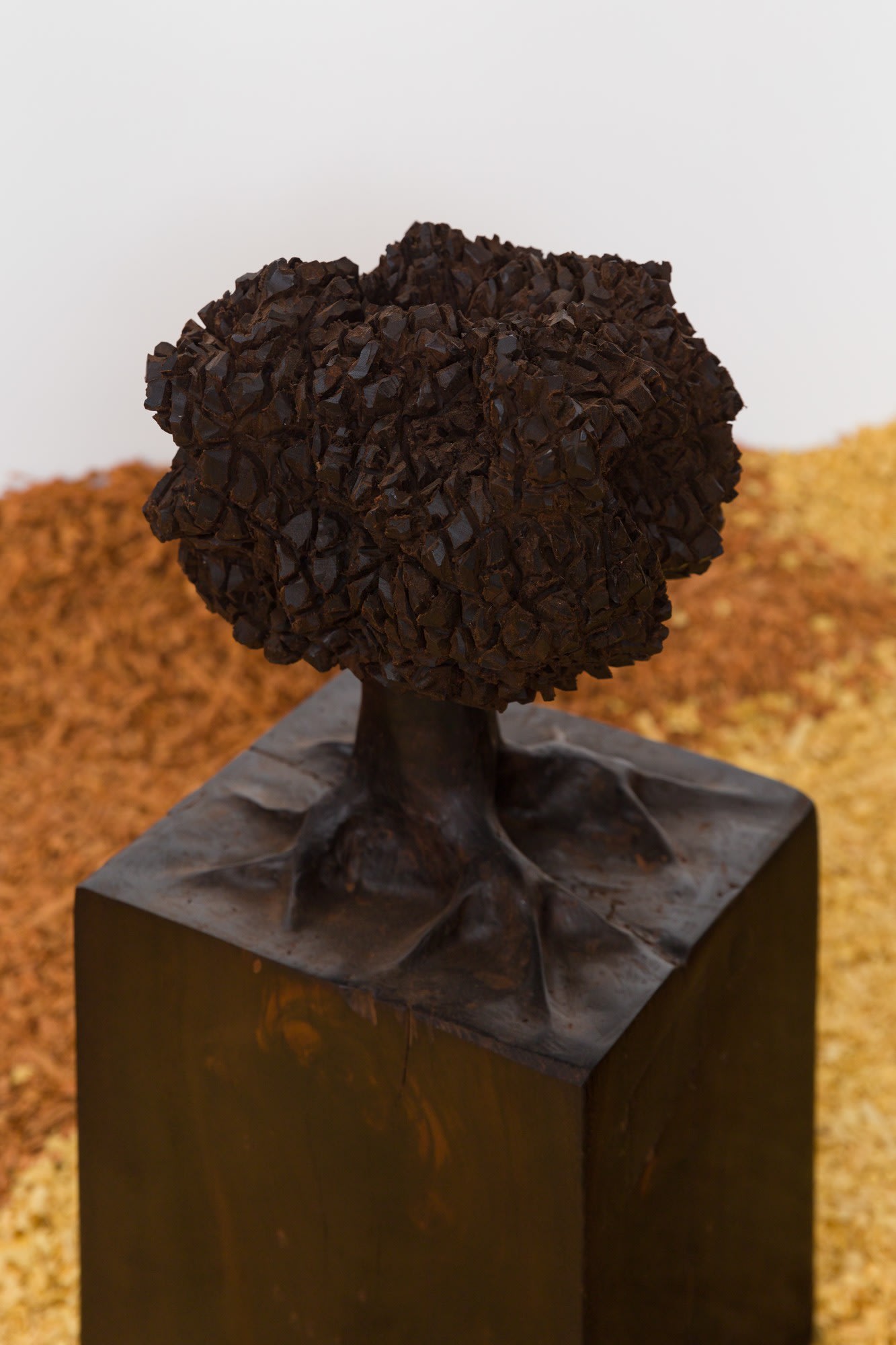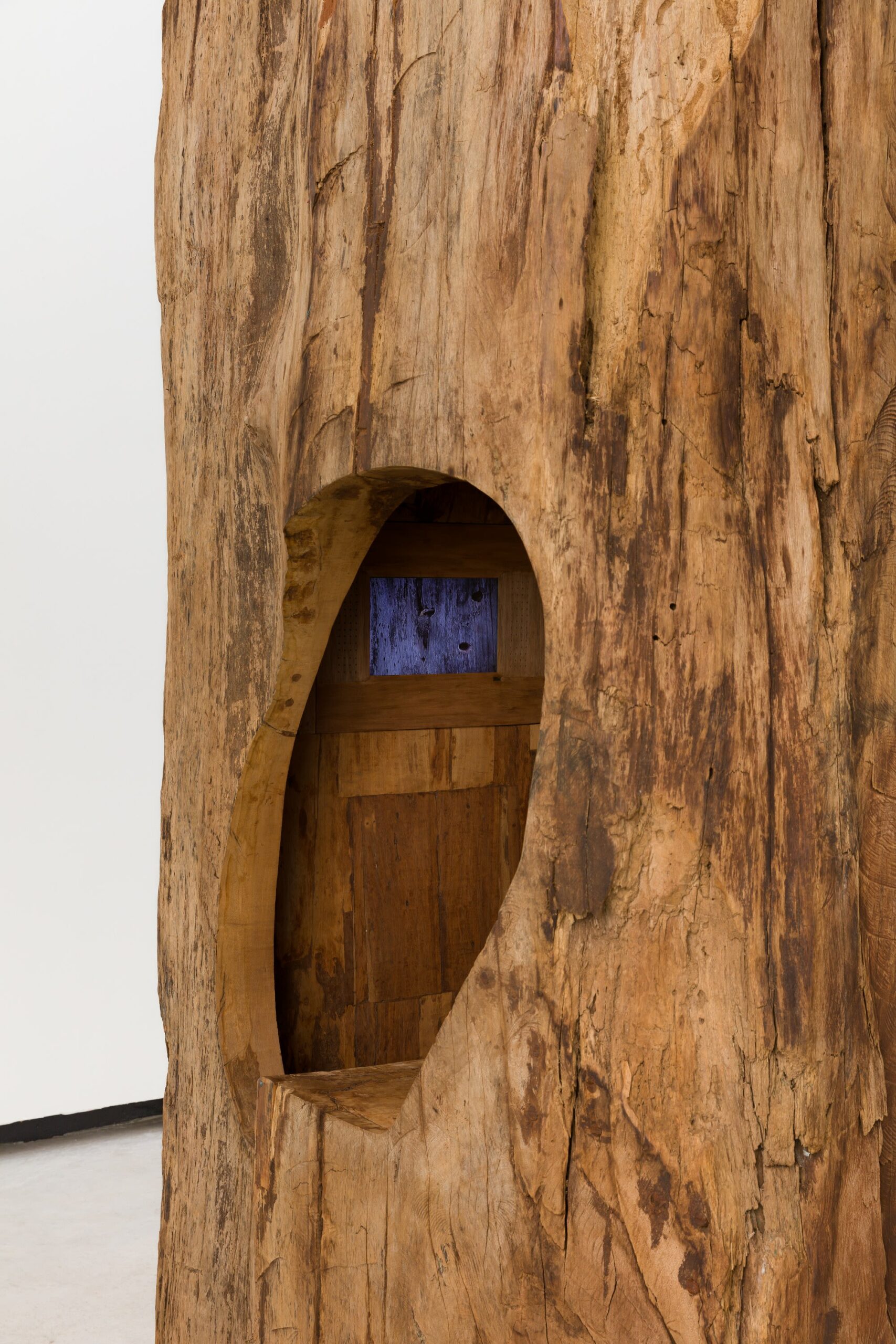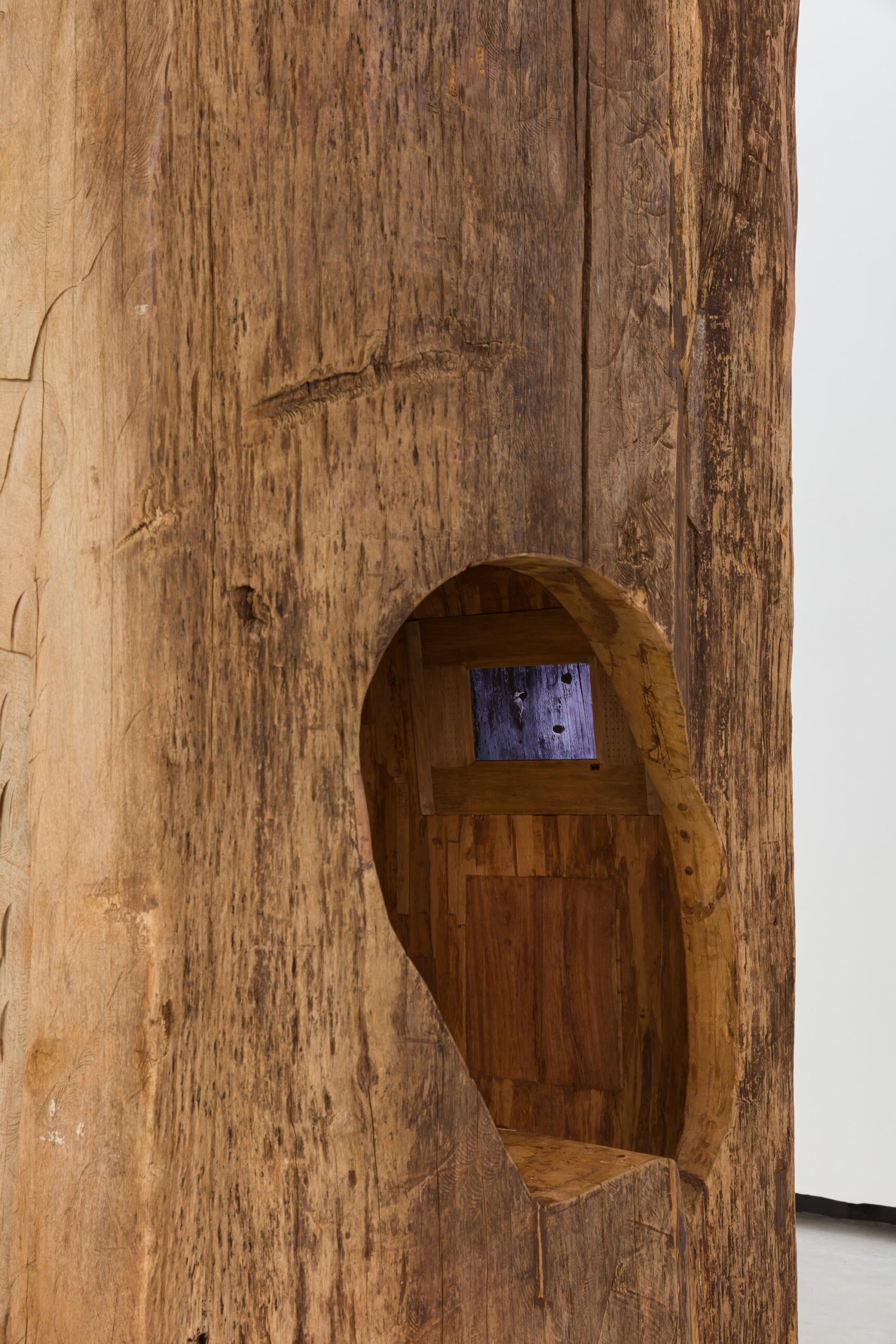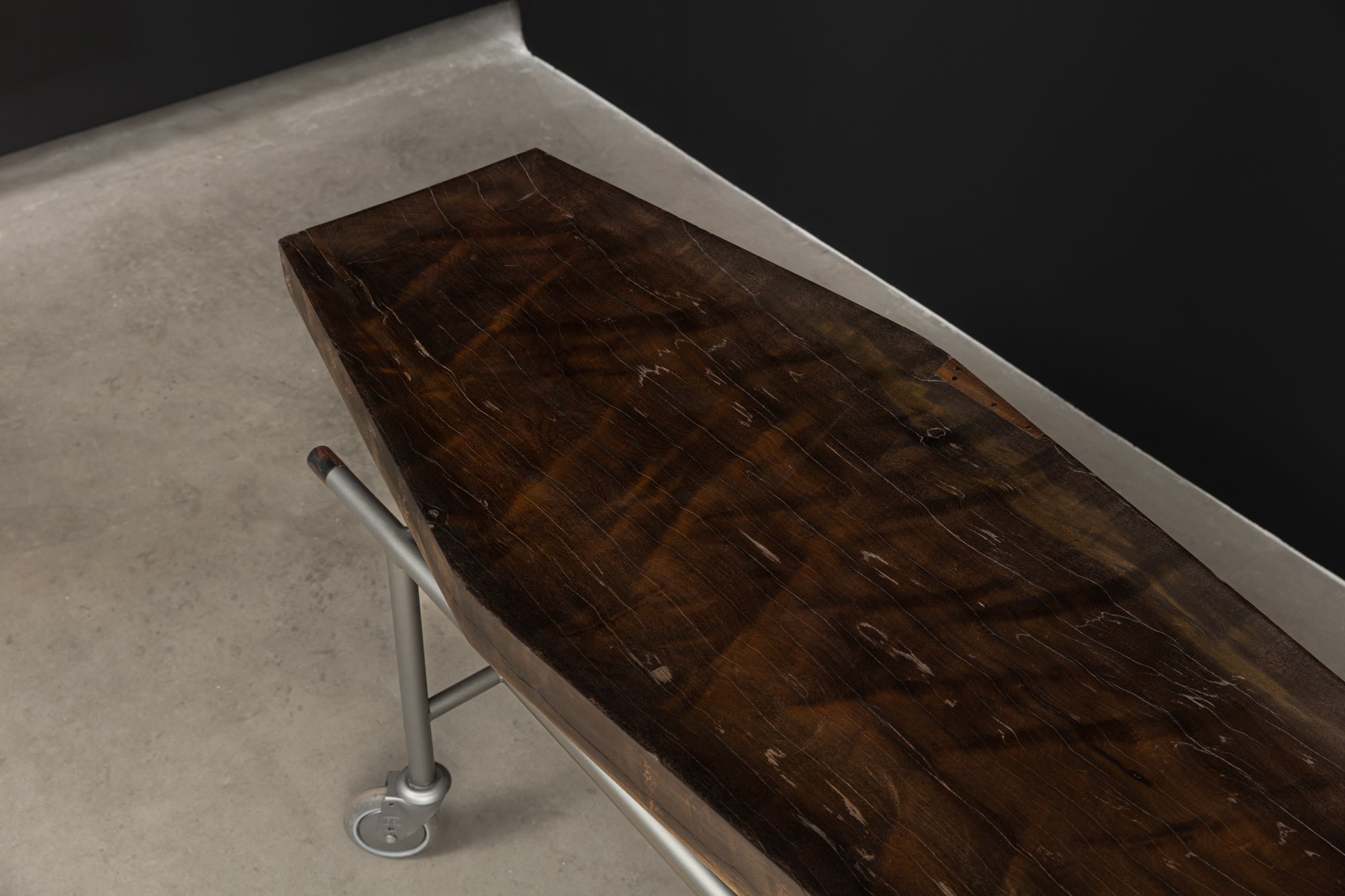Anomaly of Solitude, 2014 (detail) | Photo: Ana Pigosso
Anomaly of Solitude | Millan, São Paulo, 2023 | Photo: Ana Pigosso
Anomaly of Solitude | Millan, São Paulo, 2023 | Photo: Ana Pigosso
Anomaly of Solitude | Millan, São Paulo, 2023 | Photo: Ana Pigosso
Anomaly of Solitude | Millan, São Paulo, 2023 | Photo: Ana Pigosso
Anomaly of Solitude | Millan, São Paulo, 2023 | Photo: Ana Pigosso
Anomaly of Solitude | Millan, São Paulo, 2023 | Photo: Ana Pigosso
Anomaly of Solitude | Millan, São Paulo, 2023 | Photo: Ana Pigosso
Anomaly of Solitude | Millan, São Paulo, 2023 | Photo: Ana Pigosso
Entitled Anomaly of Solitude, the new solo show by José Bento completely transforms the exhibition space by covering the entire floor with sawdust of trees from the Atlantic Forest, where the artist presents “a forest” of his well-known tree sculptures, as well as two large installations, one at the entrance and one at the end of the exhibition’s path. The set of works on display adds up to more than six tons of wood.
Pica Pau, the first installation seen by the public, is made up of two gigantic tree trunks pieces – “rescued” by the artist after the tree had collapsed. Inside them dens have been carved, creating video booths where visitors can sit and watch footage recorded by the artist at his home in Nova Lima, MG, of woodpeckers building a nest and feeding their offspring.
Curated by Ricardo Sardenberg, who has worked with Bento for 20 years, the exhibition’s title is taken from another work made from a trunk found by the artist. Left alone on a field turned into pasture, the Peroba-Rosa Tree developed tumor-like anomalies in its trunk. The phenomenon, called “anomaly of solitude”, corresponds to the tree’s last efforts to survive after it was suddenly isolated from its family, as explained by the artist.
Brought into the exhibition room, the remains of this tree shed light on how non-human lives also build relationships and establish forms of communication. A belief that permeates the life and work of José Bento, who, besides being a skilled sculptor, stresses the resemblance between us and vegetal organisms and is able to thoroughly detail the characteristics of each kind of wood he uses in his pieces. The artist’s ethical commitment to the environment – and his outspoken criticism of the rampant deforestation – is visible through the permits and origin reports issued by environmental authorities that the artist has made a point of displaying alongside the artworks.
If in its initial moments the exhibition presents images of the beginning of life, it ends with Navio Tumbeiro [Tomb Ship], a monolith sculpted in black wood, enhanced by the corporeal reference of a coffin, placed on a hospital gurney, in a completely blacked-out room. The work points out the links between the colonial invasion with extractivism, and with the current scenario of environmental crisis, or even with the perspective that the planet will follow its course in spite of humanity’s demise.
About the artist. José Bento was born in Salvador, BA, Brazil, in 1962. He lives and works in Nova Lima, MG, Brazil. Transcending the formal limits of sculpture, his work creates dialogues with architecture through silent interventions, constructions and deconstructions, interactive installations, photographs, performances and videos, using mainly materials such as wood – salvaged from demolitions and renovations –, porcelain and glass. On his first solo show, in 1989, at Paço das Artes in Belo Horizonte, Brazil, José Bento already started discussing the relation between bidimensional and tridimensional plans, from models and objects that were made of popsicle sticks. In 1992 he was awarded the Brasília Award for the Plastic Arts, in the 12nd Salão Nacional de Artes Plásticas, Rio de Janeiro. His work Floor, a site-specific whose material, collected in constructions and demolitions, was assembled upon layers of metal springs and simulated an experience of instability as the public walked on it, was presented at the 32nd Bienal de São Paulo, occupying an area of 627 square meters of the Biennial Pavilion. In 2018 he presented his first solo exhibition at Millan, entitled All Eyes.
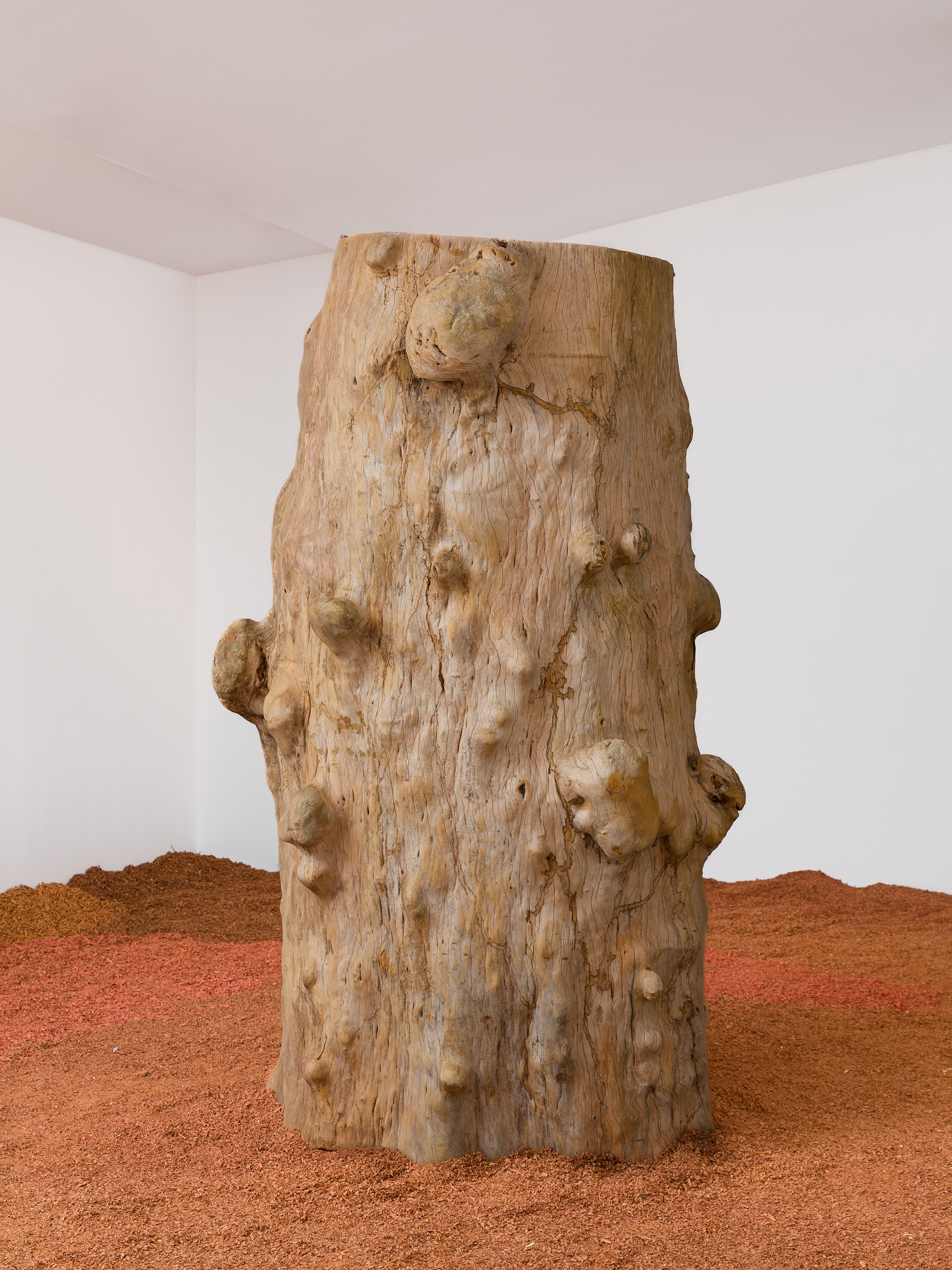
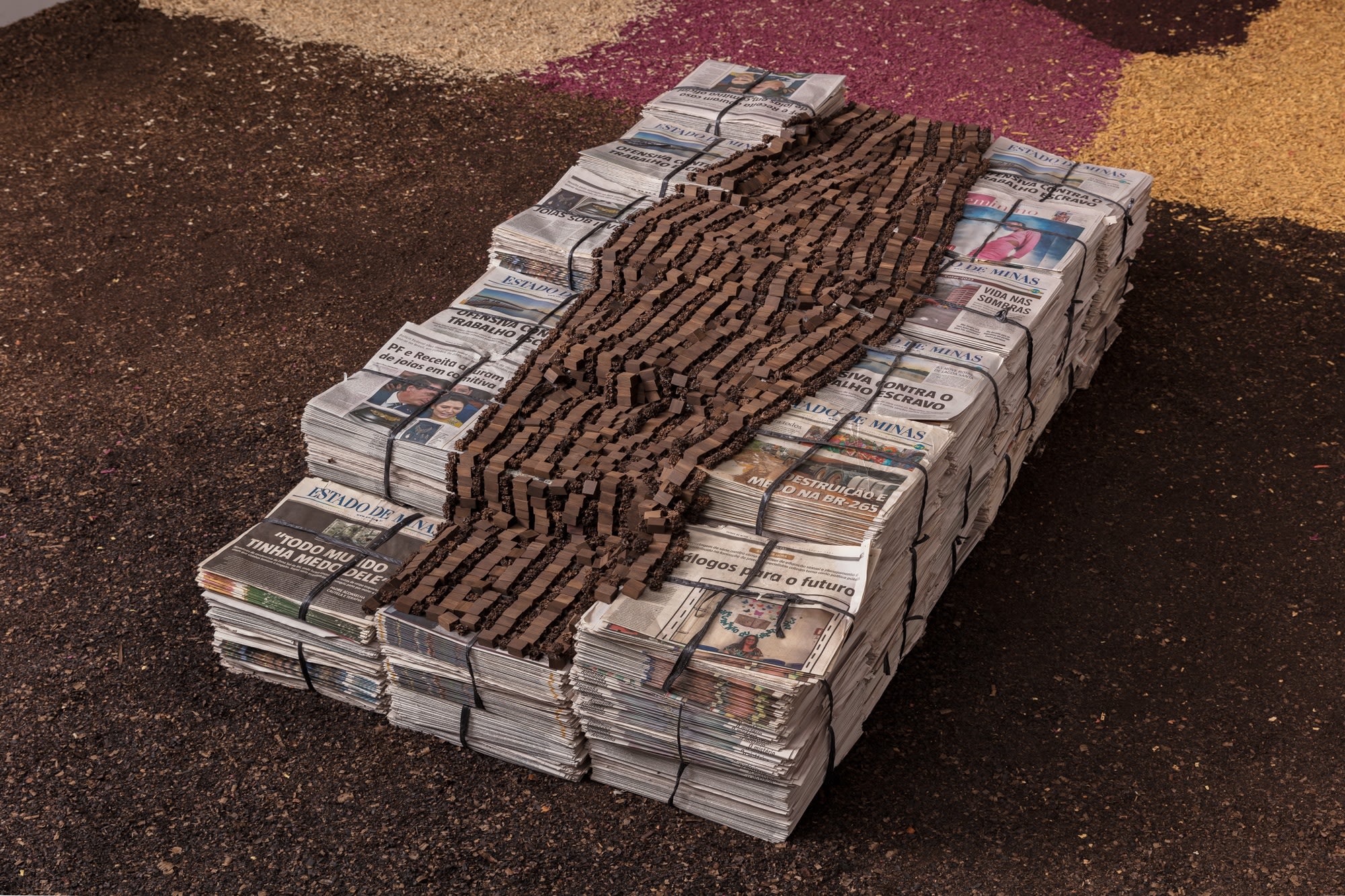
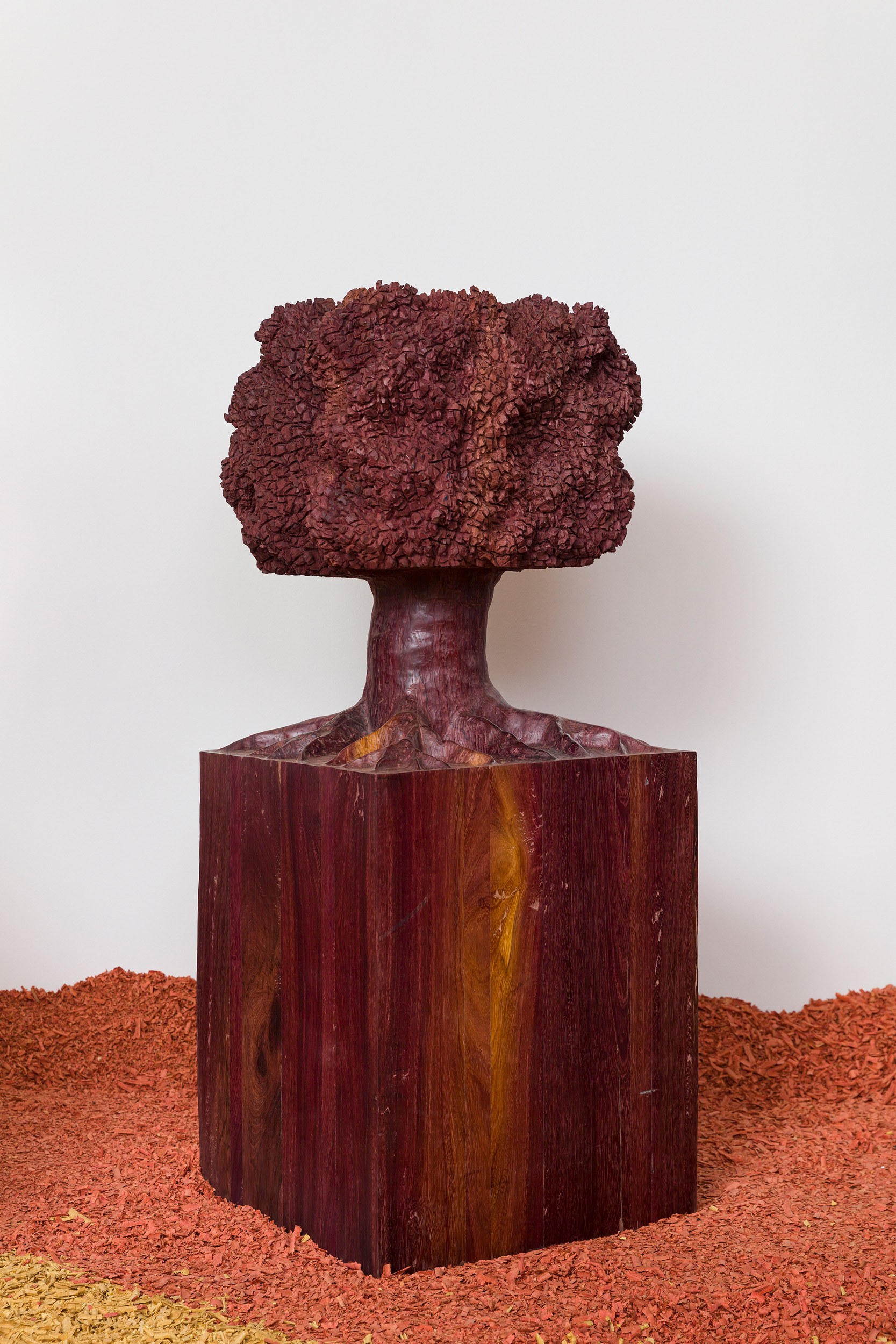
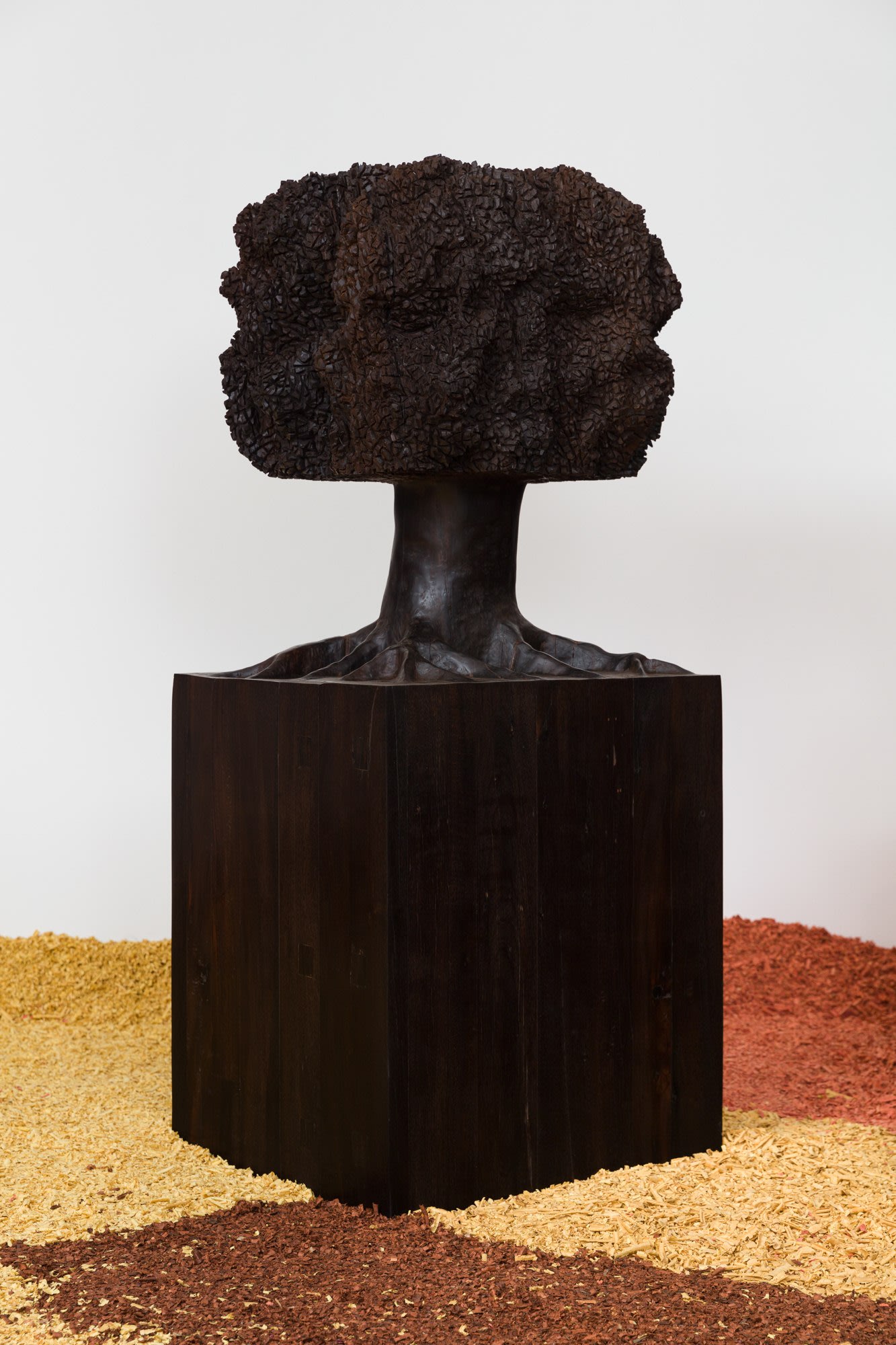
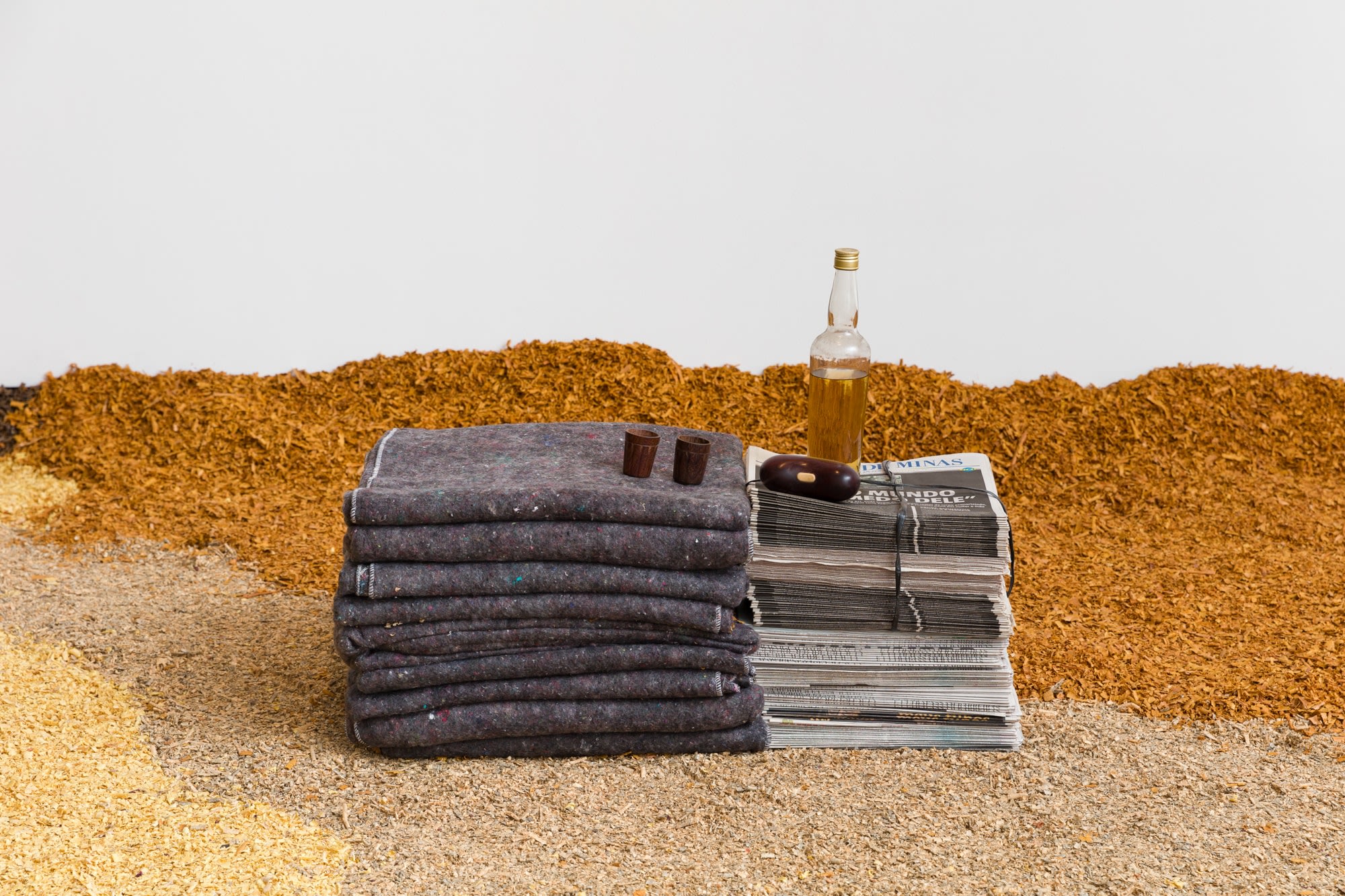
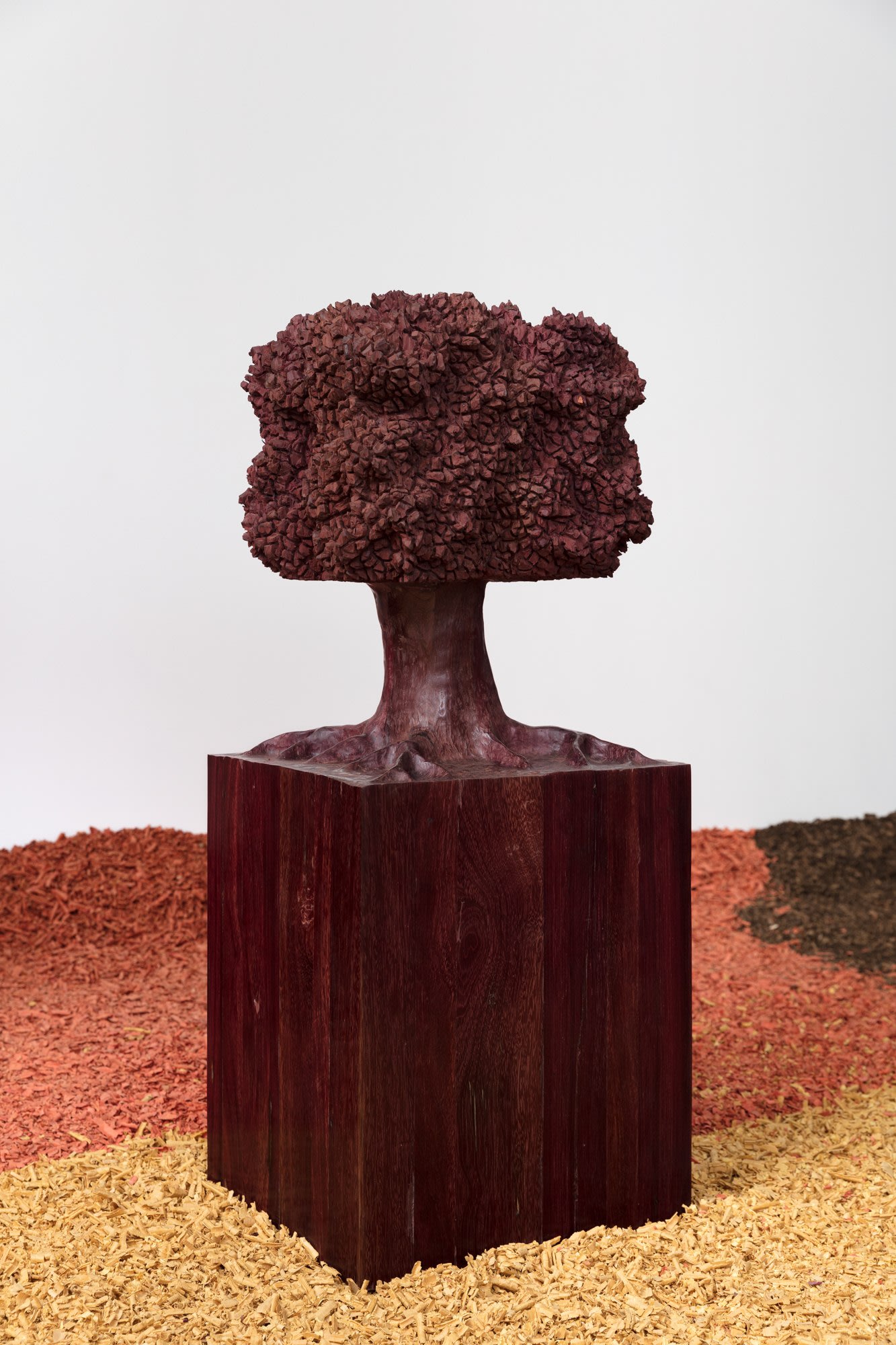
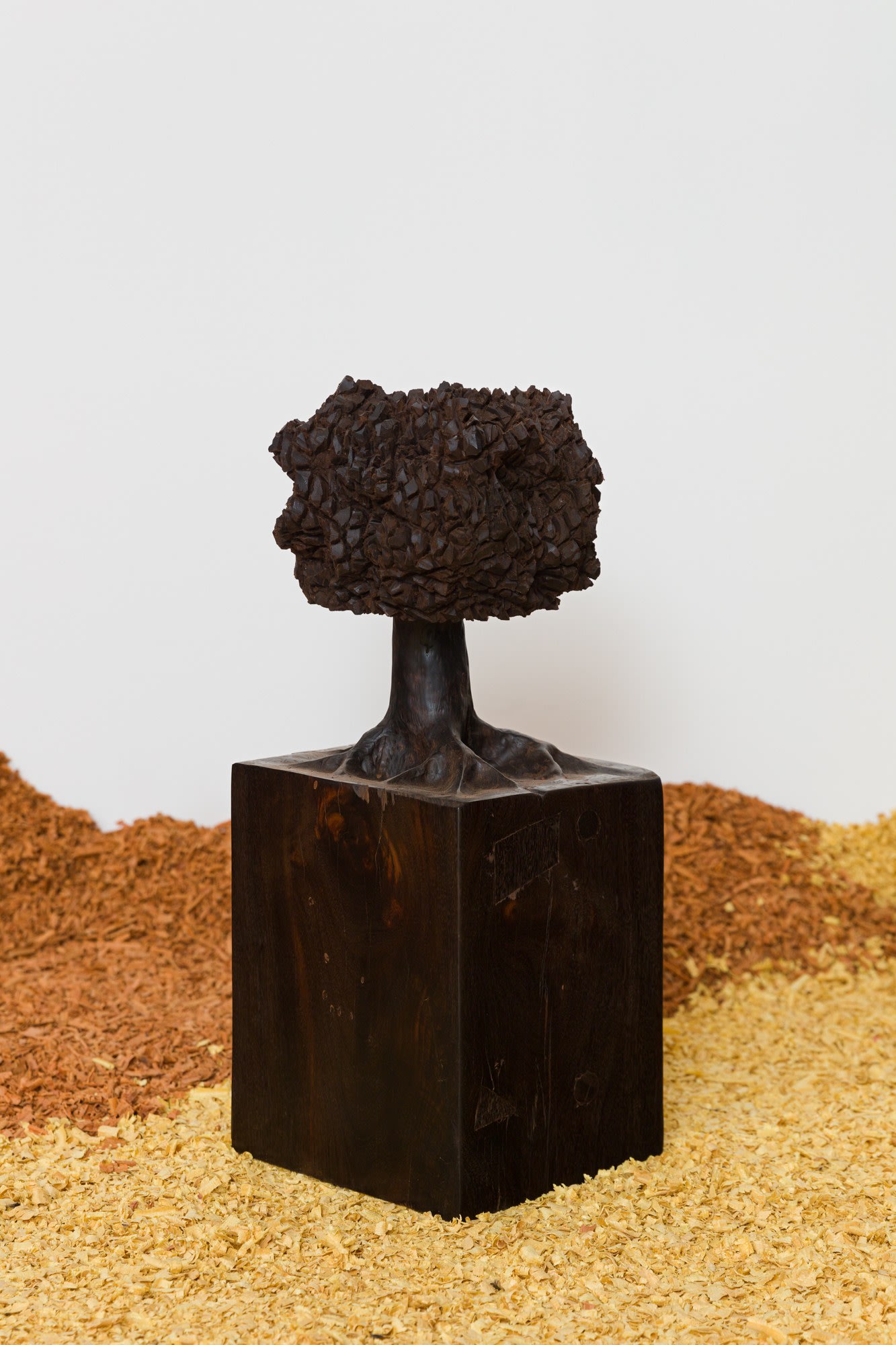
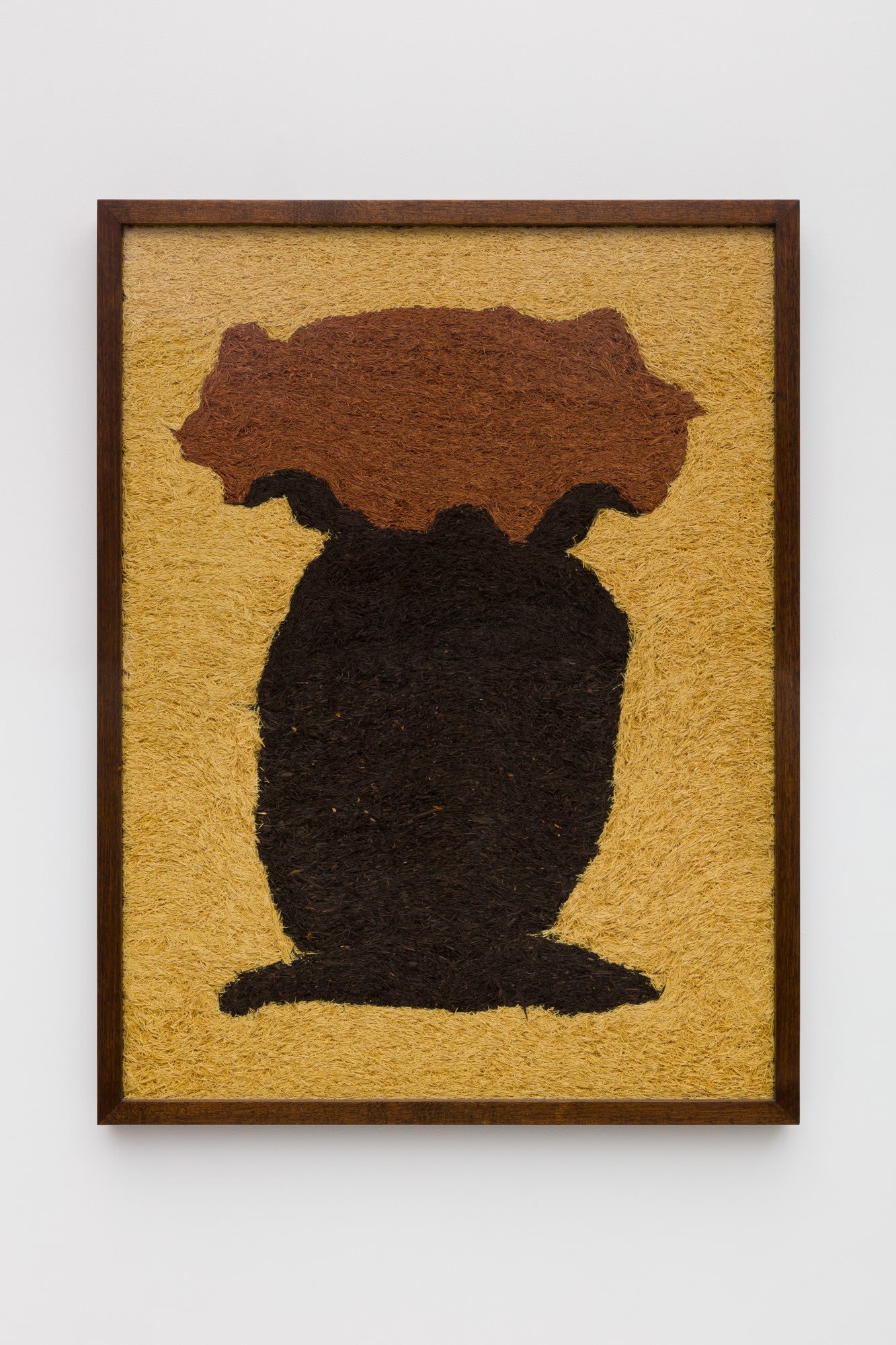

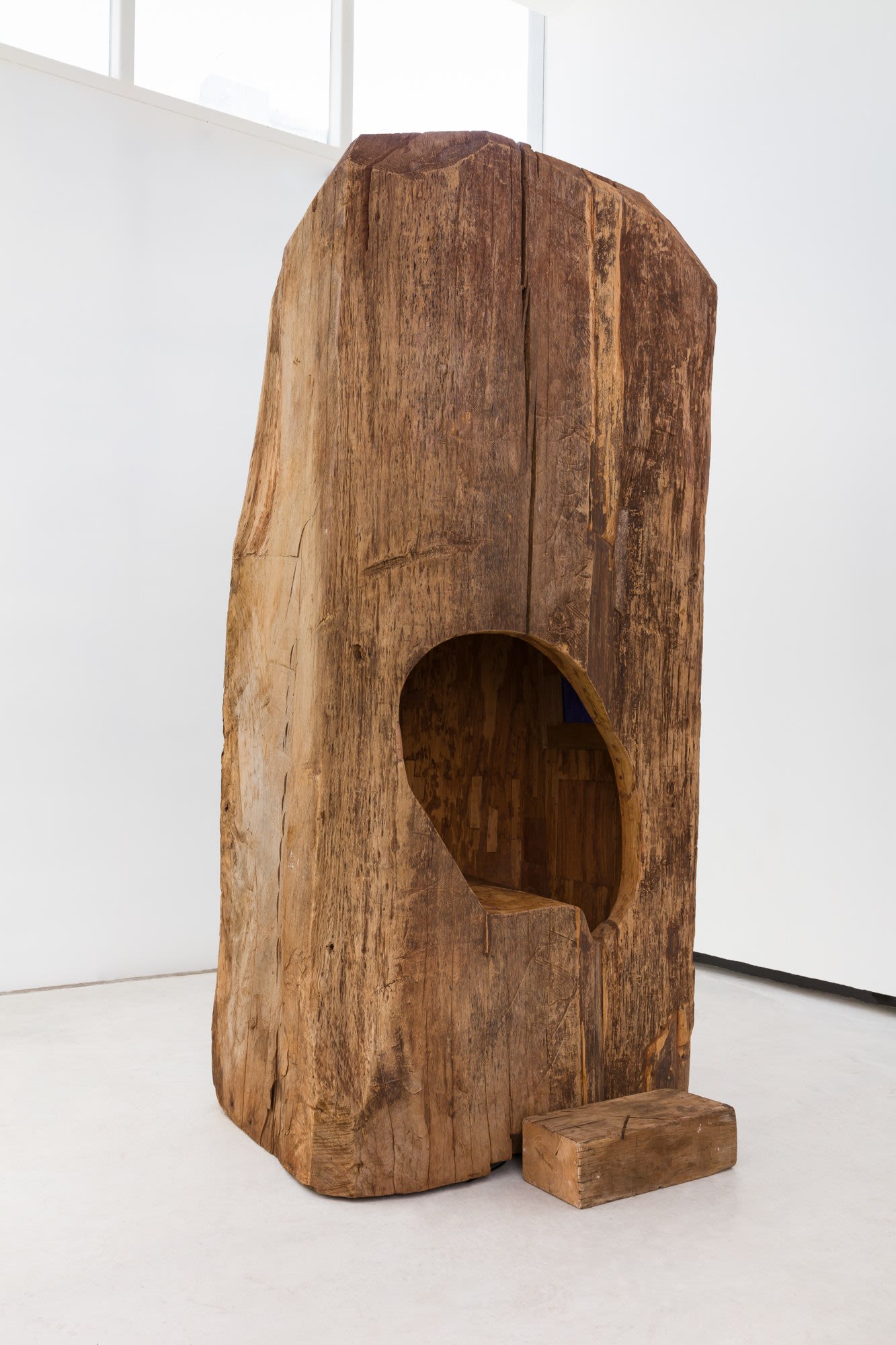
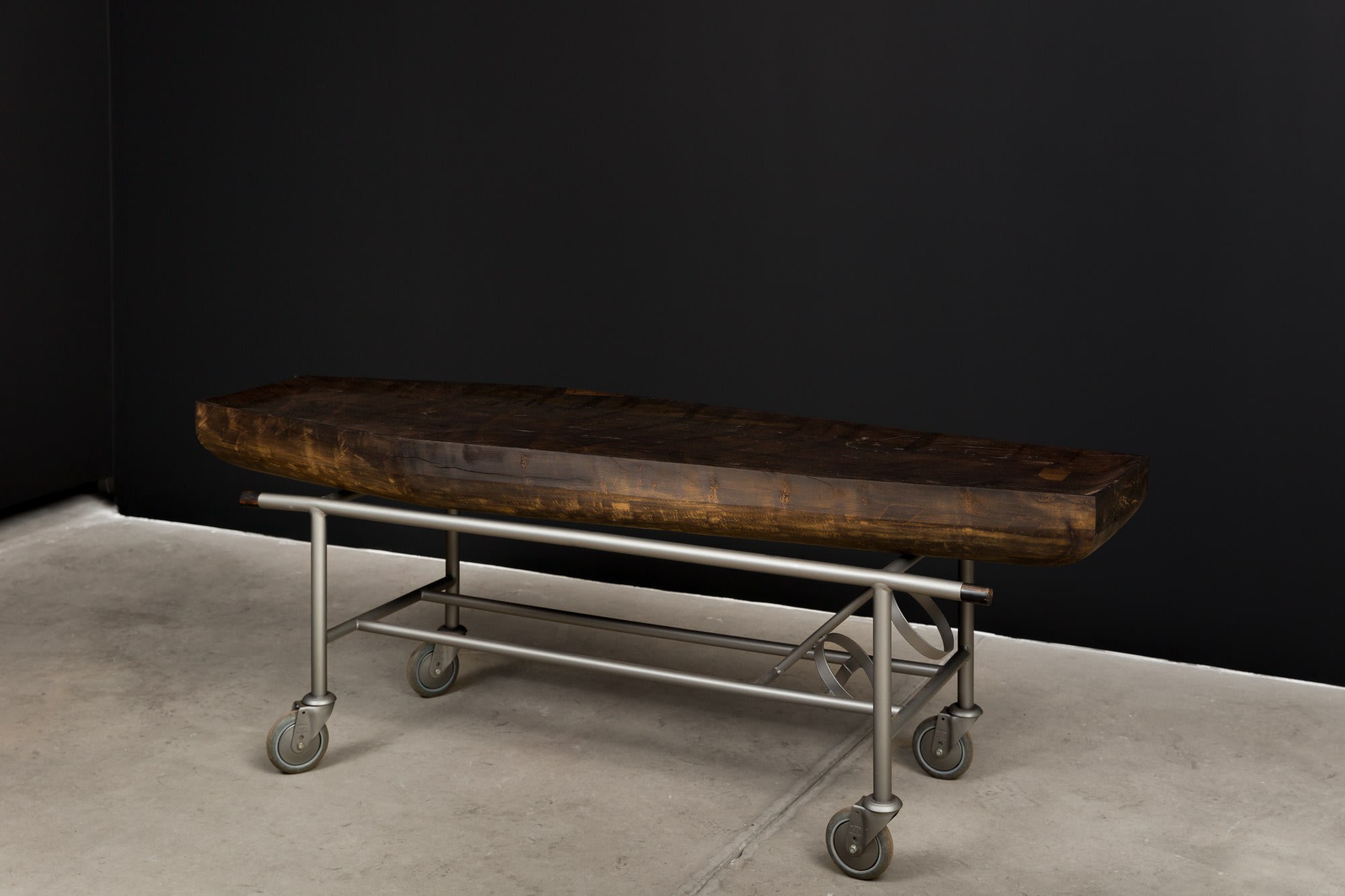
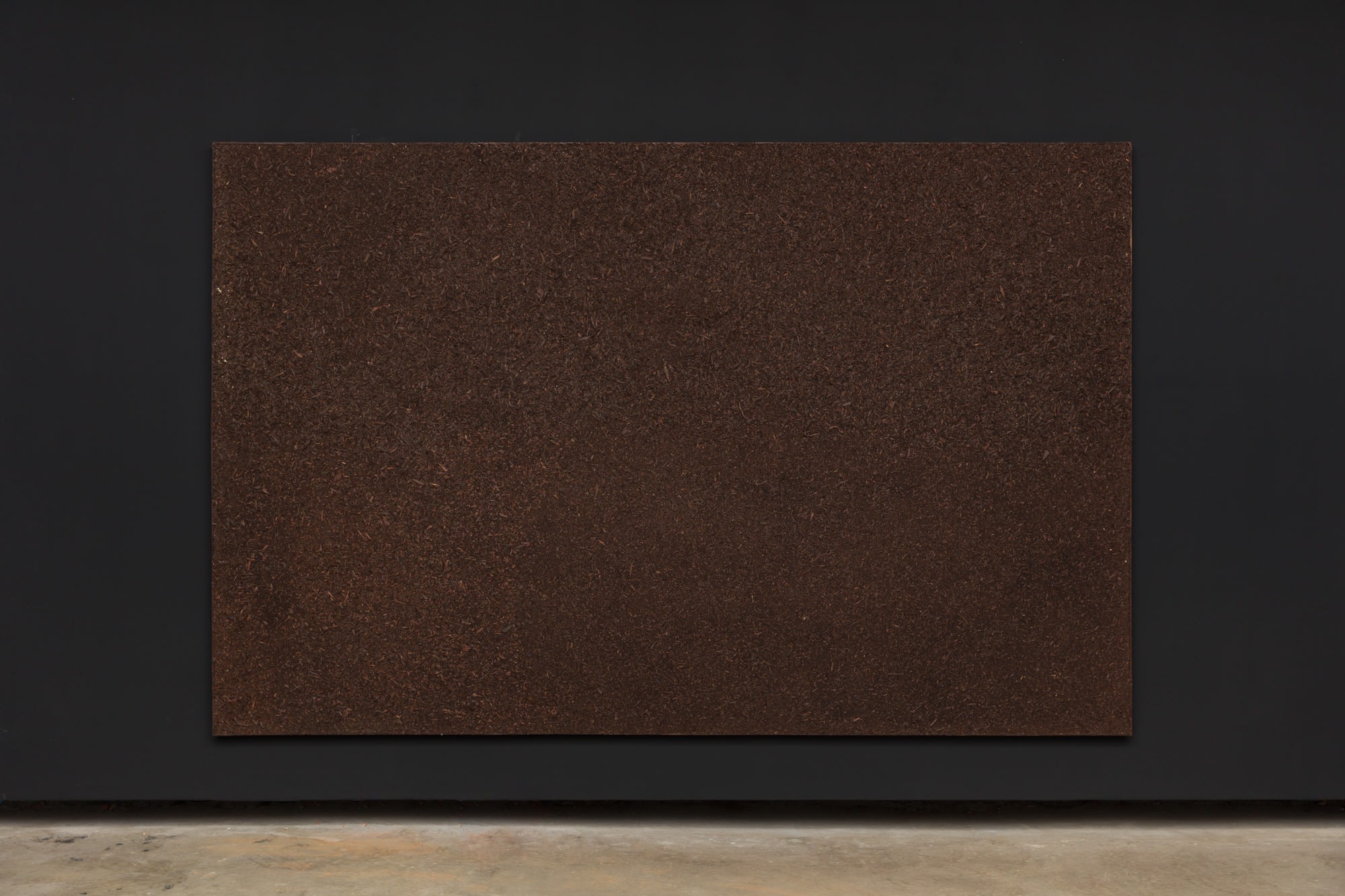
São Paulo, Brazil
São Paulo, Brazil
Gwangju, South Korea
Rio de Janeiro, Brazil
Riberão Preto, Brazil
São Paulo, Brazil
Porto Alegre, Brazil
Arévalo, Spain
Porto Alegre, Brazil
São Paulo, Brazil
